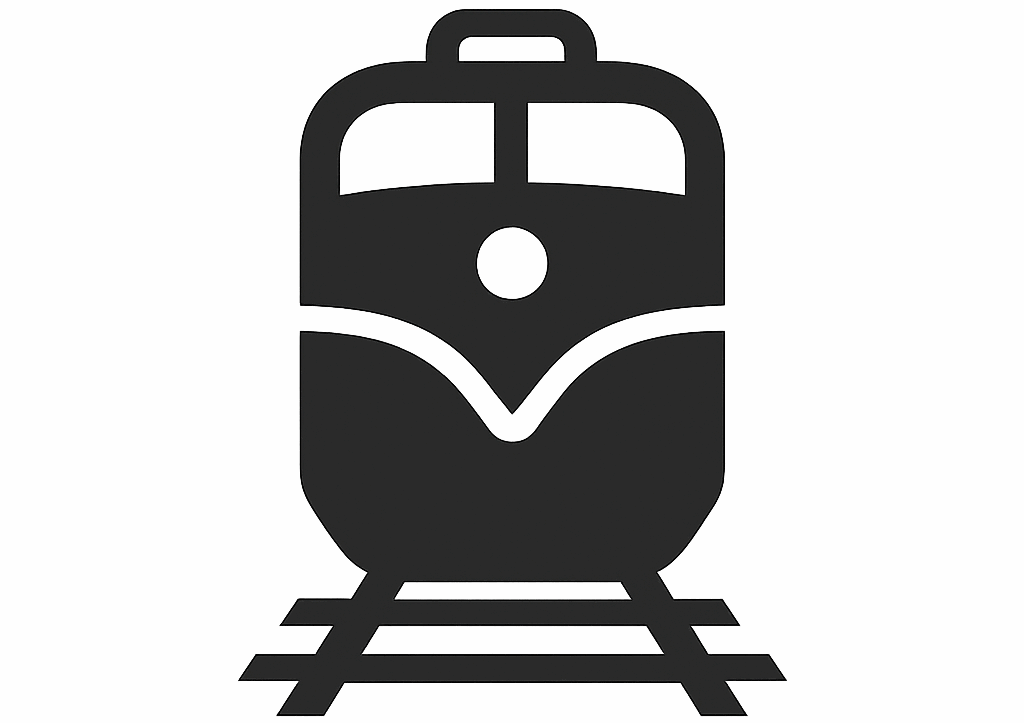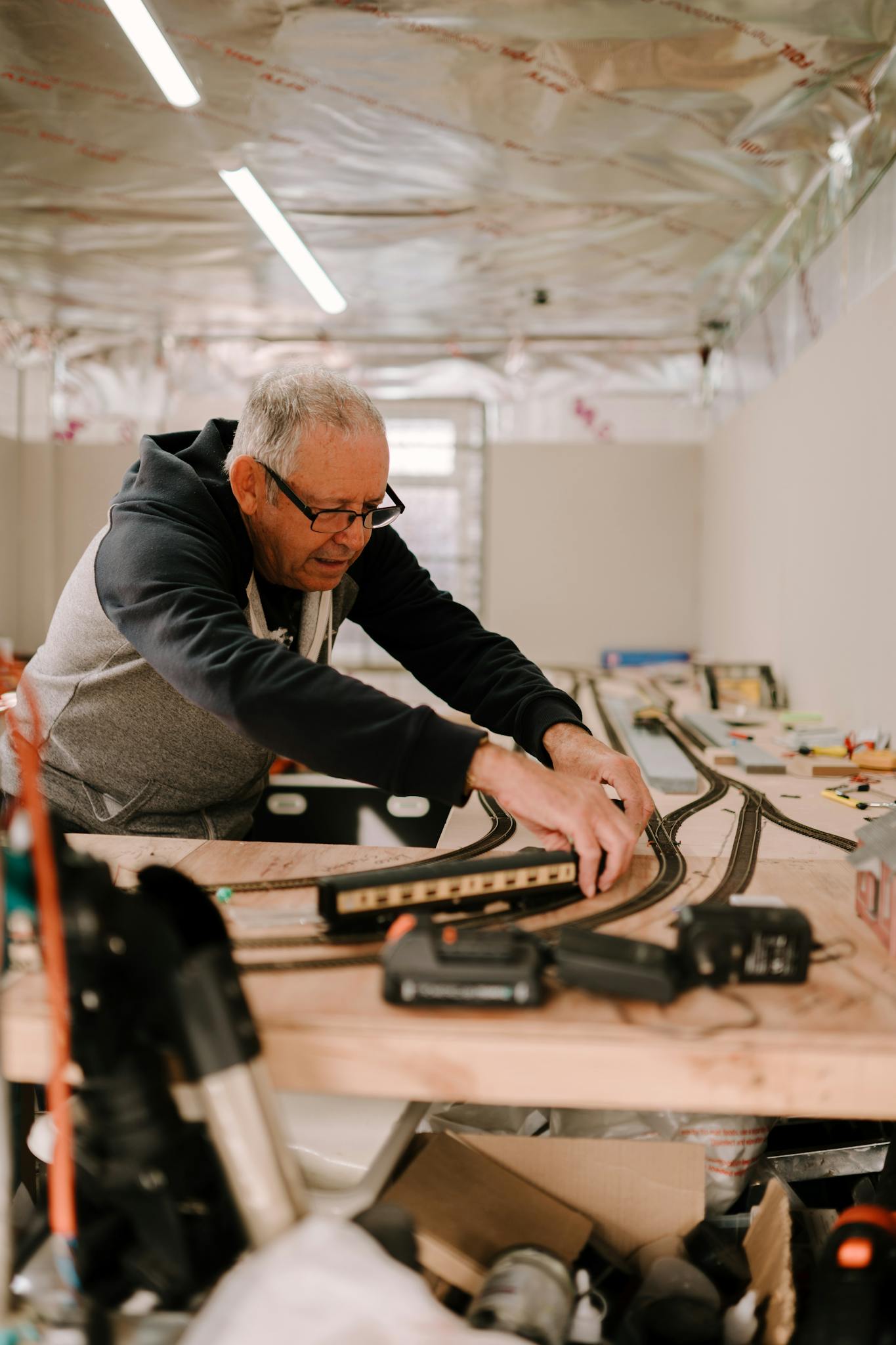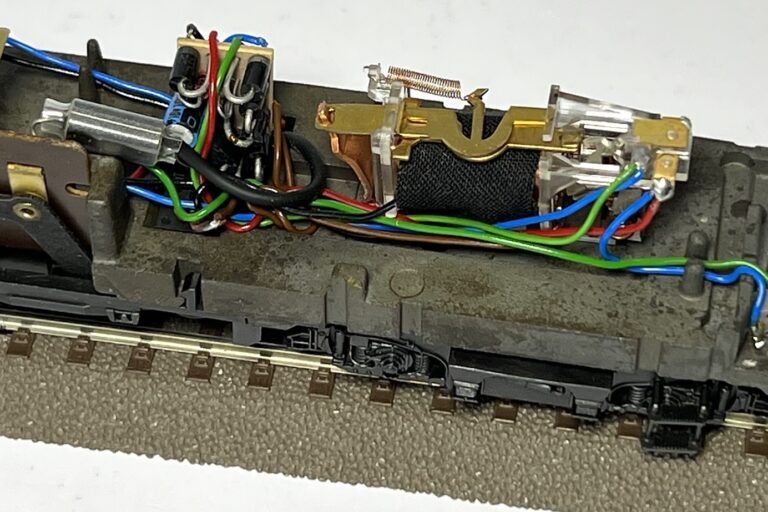How DCC Controllers Work — Explained Simply
DCC doesn’t have to be confusing — here’s how digital train control works, in plain language for new hobbyists.
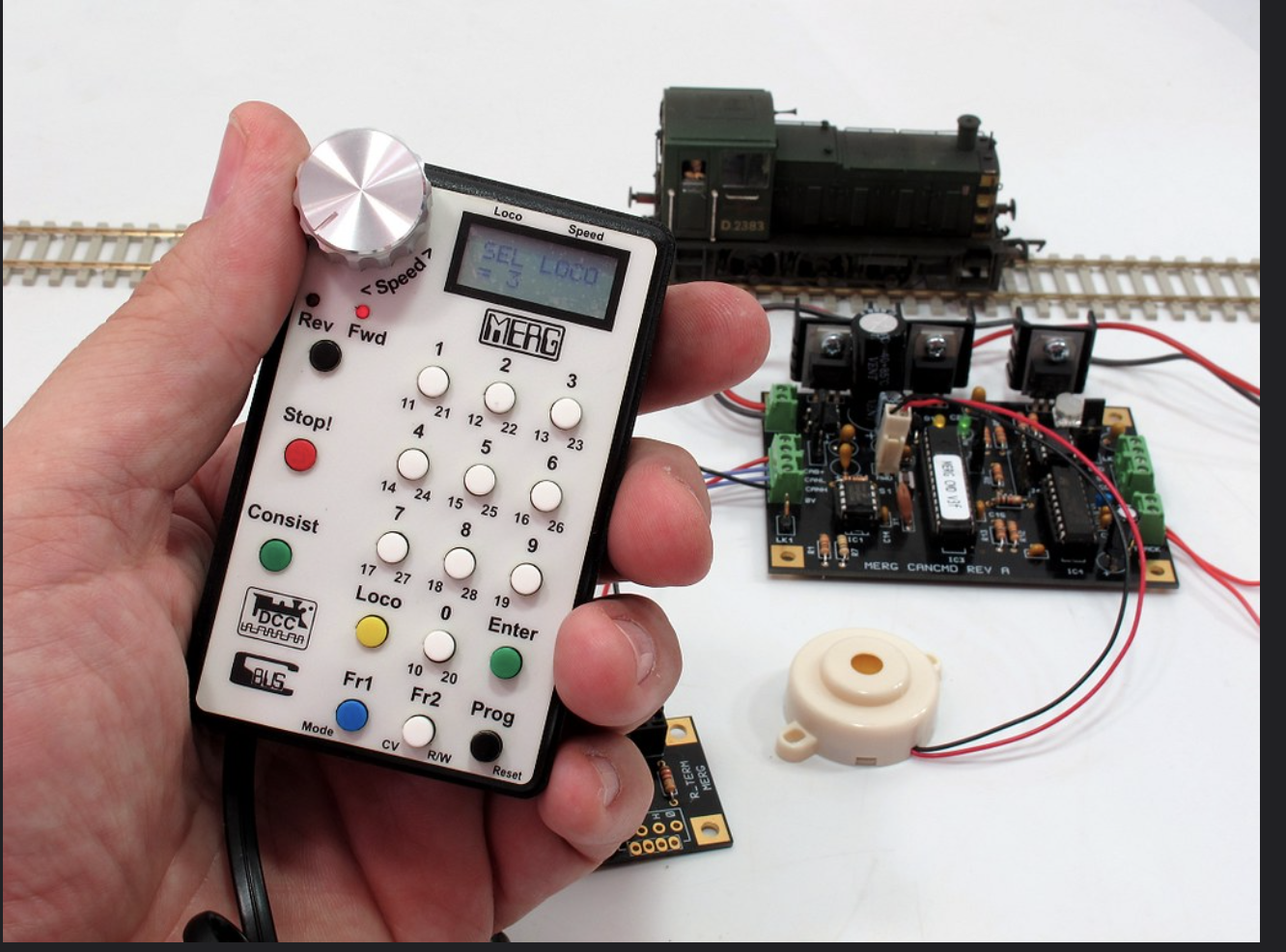
If you’re new to model railroading and keep hearing the term DCC, it can sound intimidating. But don’t worry — Digital Command Control isn’t as complex as it seems. In fact, it can make running your trains easier and more fun.
In this guide, we’ll break down what DCC actually does, how it compares to traditional DC control, and how things like decoders, addresses, and wiring fit into the picture — all in plain English.
Whether you’re building your first layout or thinking of upgrading your setup, understanding DCC will help you make smarter choices and avoid unnecessary frustration.
What’s the Difference Between DCC and DC?
Traditional train sets use DC (Direct Current) to control speed and direction. You turn a dial on the power pack, and more voltage means the train goes faster. Pretty simple — but it has a big limitation: only one train at a time per electrical block.
With DCC, things get a lot more flexible.
DC: Analog Control
- Power and control are the same signal
- One train per block — unless you want them to move together
- You need lots of manual switches and isolated sections to run more than one train
DCC: Digital Control
- Power is constant to all tracks
- Trains are controlled by digital commands sent through the rails
- You can run multiple trains independently on the same section of track
Think of DC like turning a water faucet up or down. DCC is more like a Wi-Fi signal: the same track powers everything, but each train listens only to its own instructions.
For a deeper look at the basics, see How Do Model Trains Work? A Simple Explanation for Beginners.
What Is a DCC Controller?
The DCC controller (also called a command station) is the brain of your layout. It sends digital signals through the track that tell individual trains what to do — like “engine #3, go forward at half speed” or “engine #7, turn on headlights.”
There are several popular options on the market. For a breakdown of the best systems for beginners and advanced users, see Best DCC Controllers and Power Packs: Digitrax vs NCE vs Bachmann.
A basic DCC system includes:
- Command Station – Sends digital commands through the rails
- Throttle – The handheld unit you use to control speed, direction, and functions
- Booster (sometimes built-in) – Ensures enough power reaches the entire layout
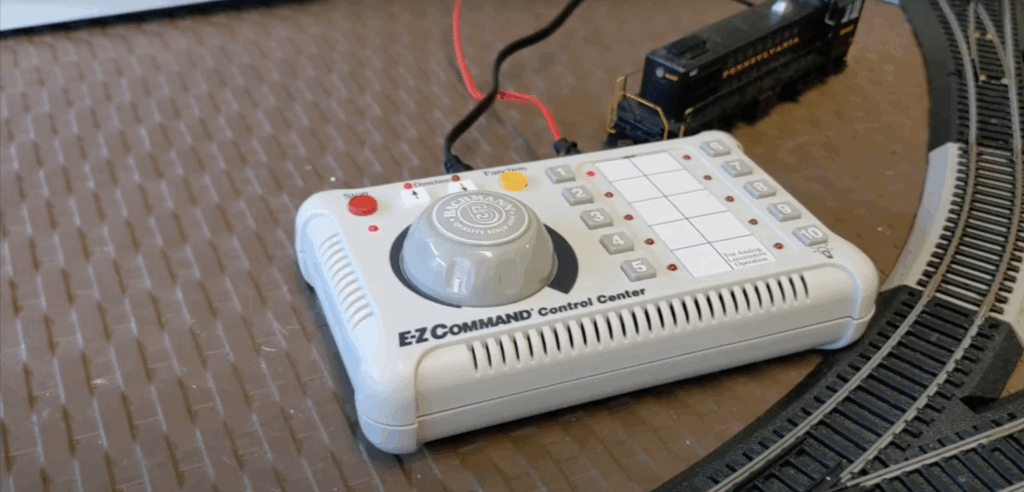
What Is a Decoder and Why Do I Need One?
Every locomotive you want to control with DCC needs a decoder. This is a small circuit board that goes inside the engine and listens for digital instructions.
Each decoder has a unique address, like a phone number. When the controller sends a command to address #3, only the train with that number responds.
There are two common types:
- Motor decoders – Handle speed and direction
- Sound/function decoders – Add sounds, lights, smoke, and more
Many modern locomotives come DCC-ready or even DCC-equipped, meaning they already have a decoder installed or a plug-and-play socket for one.
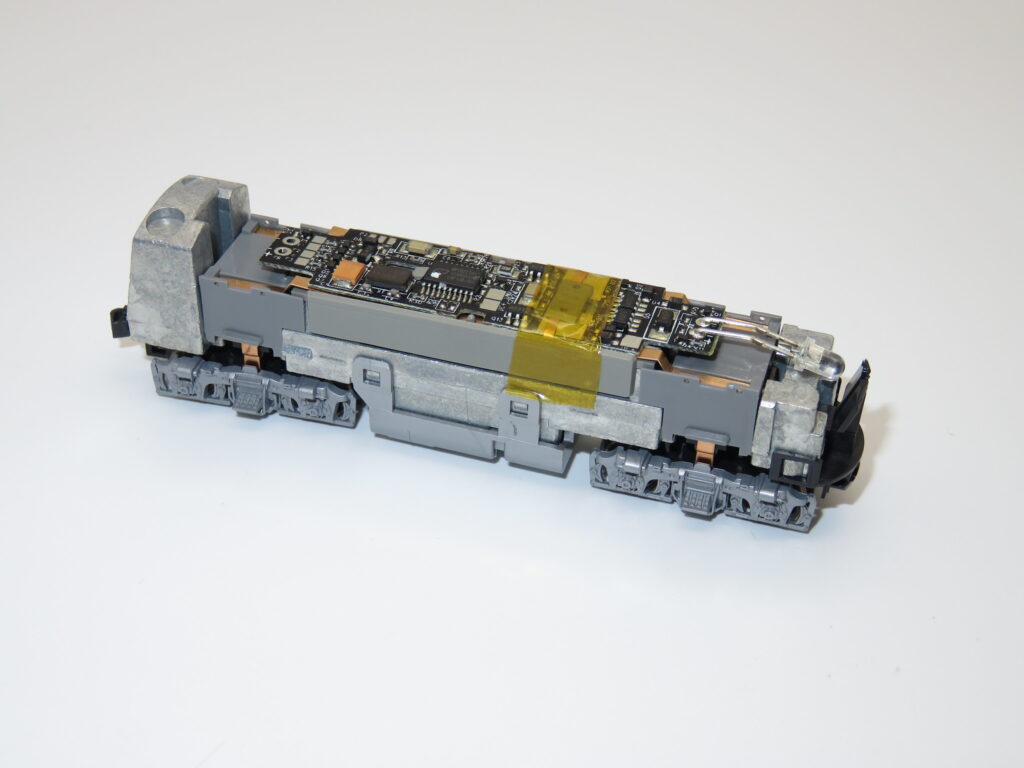
How Does Wiring Work with DCC?
One of the biggest advantages of DCC is simplified wiring.
In a DC layout, you need isolated electrical blocks with toggle switches to run multiple trains. With DCC, you can wire the whole layout as one continuous circuit.
Still, good electrical practices are essential. Here’s what most DCC layouts use:
- Bus wires – Thick wires that run under your layout, carrying power
- Feeder wires – Thin wires that connect track sections to the bus
You’ll still need to think about:
- Track cleaning – Since the digital signal runs through the rails
- Reverse loops – These require special modules to avoid shorts
Need a step-by-step visual walkthrough? See Track Wiring for Beginners: A No-Fear Visual Guide
What’s Programming in DCC?
Programming is how you tell a decoder what its address is and what it should do.
Most systems have a program track mode, where you set:
- The decoder’s address
- Start voltage
- Top speed
- Momentum (how slowly it accelerates or decelerates)
- Lighting and sound settings (if supported)
This may sound technical, but most systems guide you through it step-by-step. Some even let you program on the main track.
Can Motors Be Replaced or Upgraded?
Yes — and in fact, many hobbyists do this when converting older DC locomotives to DCC.
Older motors can sometimes cause issues with decoders, especially if they draw too much current or produce electrical noise.
You might upgrade a motor for:
- Smoother low-speed operation
- Better compatibility with DCC decoders
- Quieter performance
- Increased pulling power
Some aftermarket kits are available to help with these conversions. But often, upgrading the motor is part of a broader DCC conversion process — especially for classic models that weren’t built with DCC in mind.
Do I Need DCC for a Small Layout?
Not necessarily. For small, simple layouts with only one train, DC is still a valid option. But even on a 4×8 layout, DCC lets you:
- Run more than one engine independently
- Add sound and lighting effects
- Reduce wiring complexity
- Expand more easily later on
If you’re planning to grow your setup over time, it’s often worth starting with DCC from the beginning.
For inspiration, check out Advanced Model Train Layouts That Push the Limits of What’s Possible
Final Thoughts: Is DCC Worth It?
For most modelers today — especially if you’re just getting back into the hobby — DCC offers a much more enjoyable and expandable experience.
It’s not just about tech for tech’s sake. DCC lets you run multiple trains independently, create realistic operations, and simplify your wiring. It may seem complicated at first, but once you understand the basics — controller, decoder, wiring, address — it starts to make perfect sense.
And best of all, you don’t have to do it all at once. You can convert engines gradually, learn as you go, and build your dream layout step by step.
Ready to take the plunge? Start by picking up a beginner-friendly system like the NCE Power Cab or Digitrax Zephyr Express and enjoy the control and freedom DCC brings to your railroad.
